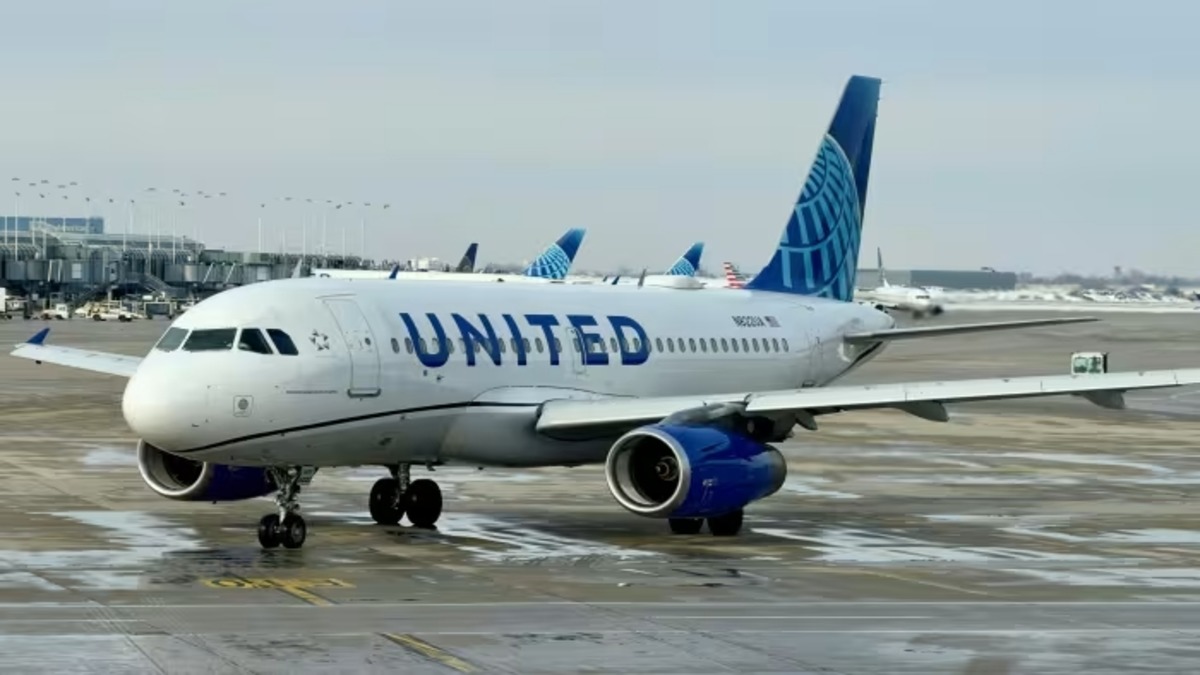The storyline unfurls as United Airlines, navigating a fleet of 79 Boeing 737 Max 9 jets, confronts the grounding edict issued this month. The catalyst: an in-flight incident involving Alaska Airlines, where a panel detachment prompted a chain reaction of grounded jets. The financial reverberations echo with a projected loss ranging from 35 to 85 cents per share, defying Wall Street’s anticipation of a mere 23-cent loss.
In the aftermath, United’s stock, represented by UAL and bearing a -0.95% emblem, experiences an unexpected 6% surge after hours. The intrigue deepens as the carrier unveils a paradoxical revelation—a full-year profit forecast that transcends expectations. This financial twist, stemming from robust fourth-quarter results, is a testament to the symbiosis of United’s premium-class allure and the economic allure of its basic fares.
The narrative unfurls with an exposé on the broader repercussions of the grounding. United, foreseeing elevated costs, discloses an approximate 3-percentage-point impact on adjusted unit costs during the grounding period—from January 6, 2024, through January 31, 2024. The Federal Aviation Administration, in a decisive move, grounds 171 Max 9 jets, igniting scrutiny on Boeing and air-safety regulators.
Yet, amidst the turbulence, United defiantly forecasts a full-year earnings per share between $9 and $11, eclipsing FactSet’s projection of $9.53. A 5.4% surge in shares after hours signals a paradoxical celebration.
CEO Scott Kirby, orchestrating the narrative’s cadence, envisions continuity with the trends of the preceding year. Yet, the backdrop is laden with heightened drama and industry upheaval. Analysts, navigating trepidation, question the airline industry’s equilibrium, echoing concerns of excess flights and diminished demand, coupled with lingering costs from post-pandemic “revenge” travel. The fate of the Max 9 lingers, rendering United’s full-year outlook, in the eyes of Jefferies analysts, “vague.”
Beyond United’s saga, rivals Spirit Airlines Inc. and JetBlue Airways Corp. grapple with a thwarted merger, scrutinized by analysts skeptical of Spirit’s standalone viability. Meanwhile, the Federal Aviation Administration advocates inspections on another Boeing model, the 737-900ER.
In this tapestry of financial narratives, United’s fourth-quarter net income reveals a nuanced tale: $600 million, or $1.81 per share, compared to the previous year’s $843 million, or $2.55 per share. The revenue crescendo, a 9.9% rise to $13.63 billion, surpasses FactSet’s projections. United’s diversified revenue strategy emerges as the linchpin, yielding a 16% revenue surge for the premium cabin and a substantial 20% increase for basic economy offerings.
BofA analysts, in a prophetic gesture, bestow a buy rating upon United. Their rationale: a nuanced focus on transatlantic travel, an assertive stance distinct from rivals, and a payoff from prioritizing higher-end seating arrangements and amenities. The financial narrative, woven with intricacies and paradoxes, beckons attention in the complex tapestry of the airline industry.
#UnitedAirlines #FinancialResilience #AirlineIndustry #EarningsForecast #Boeing737Max
